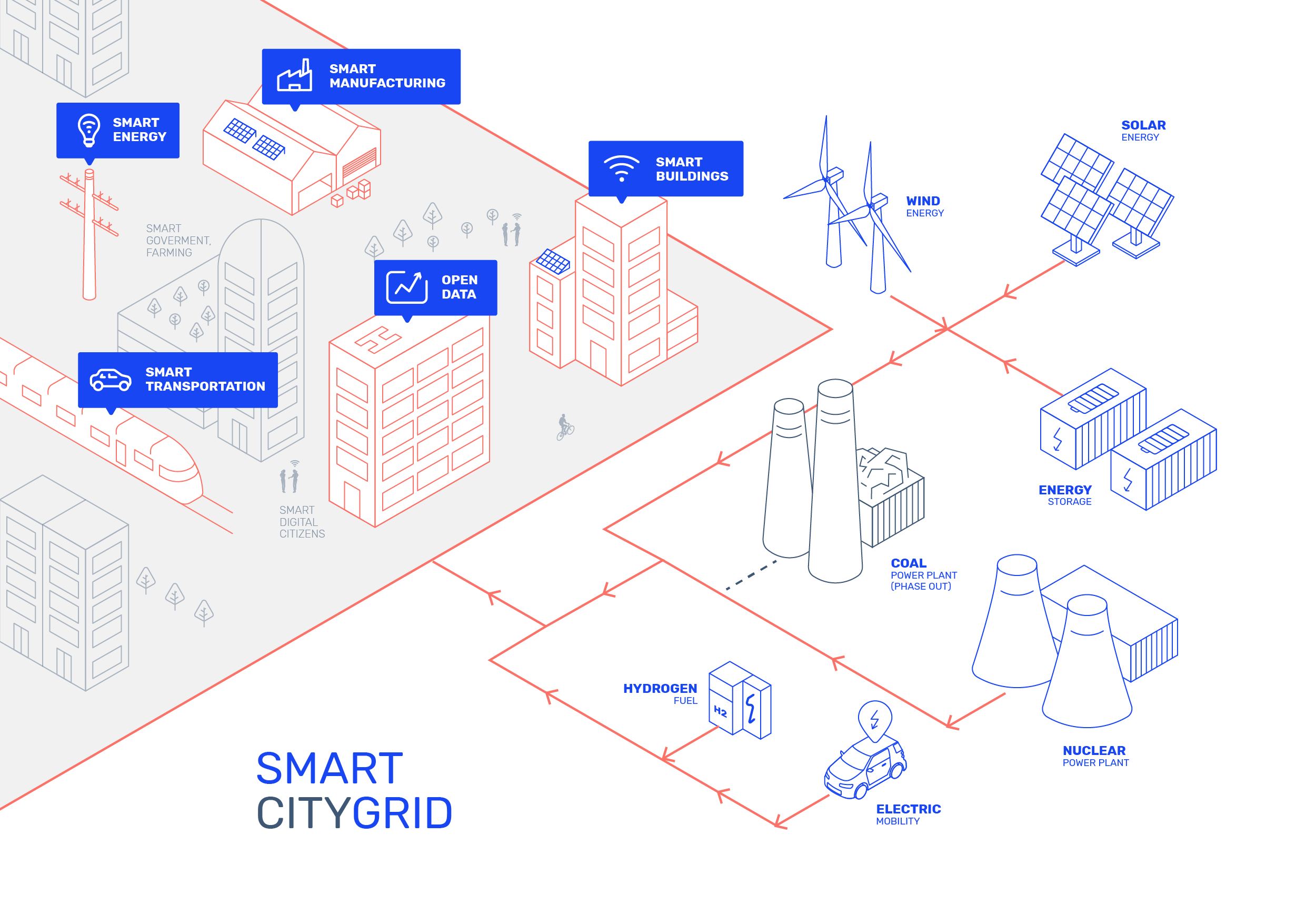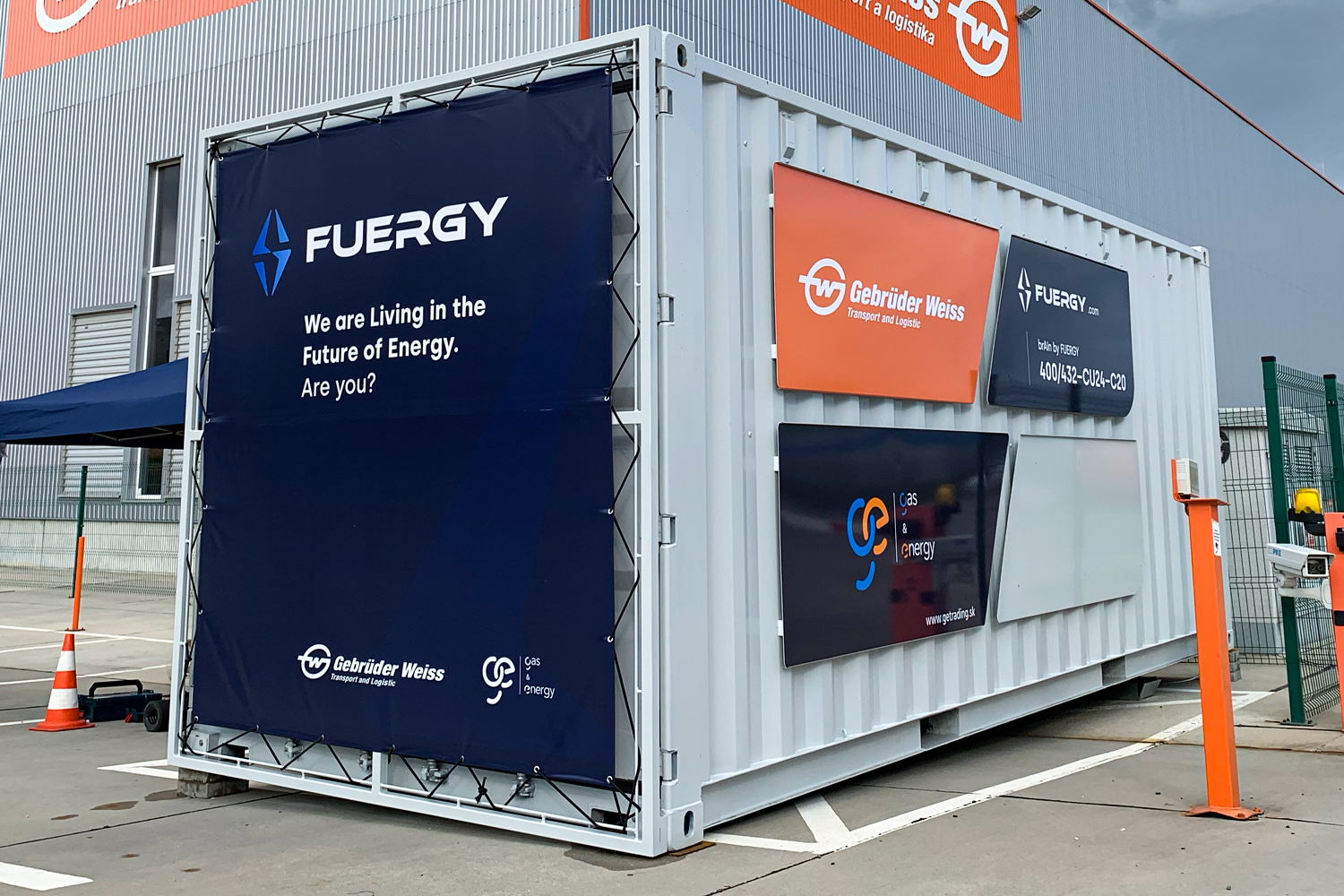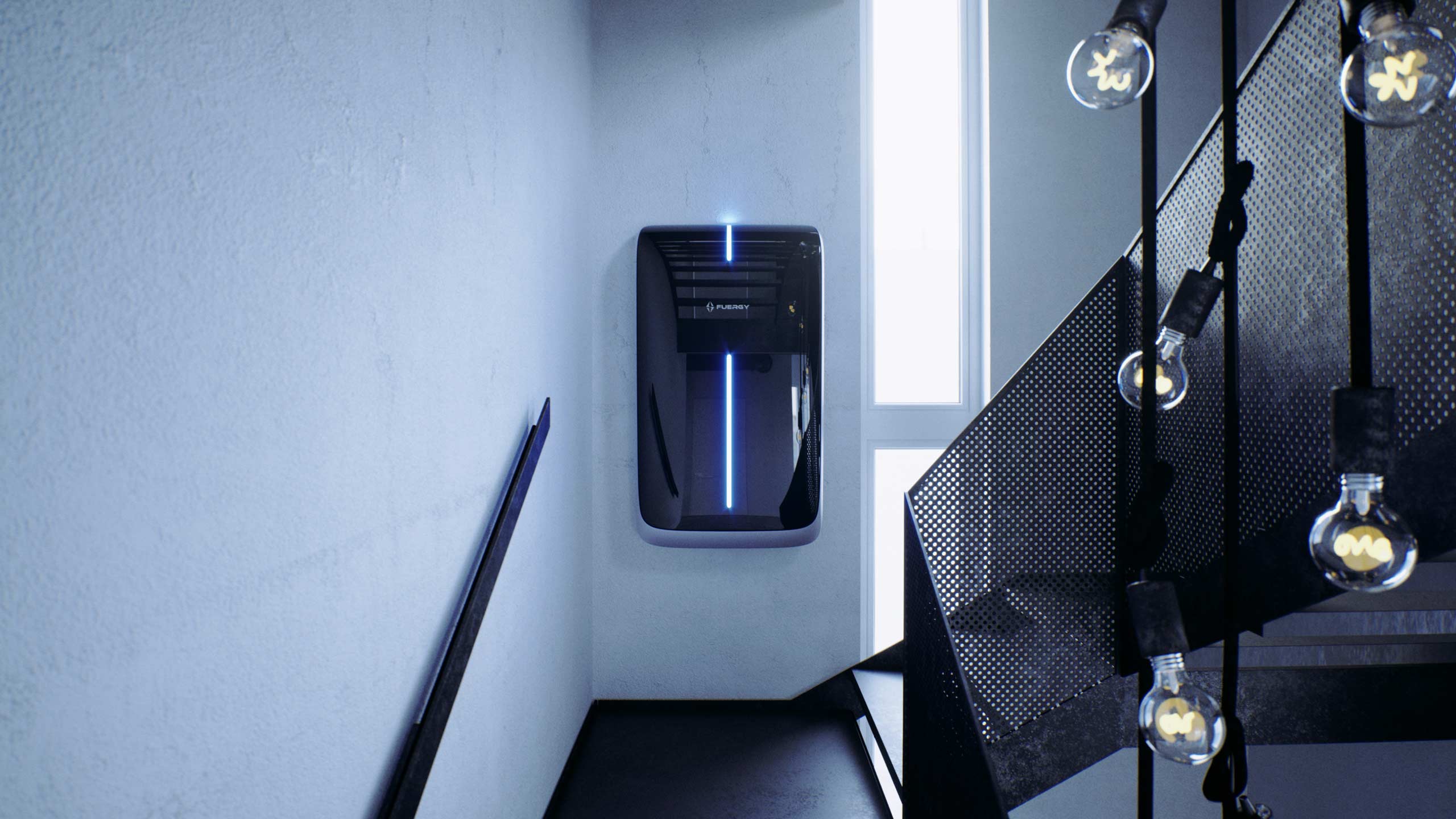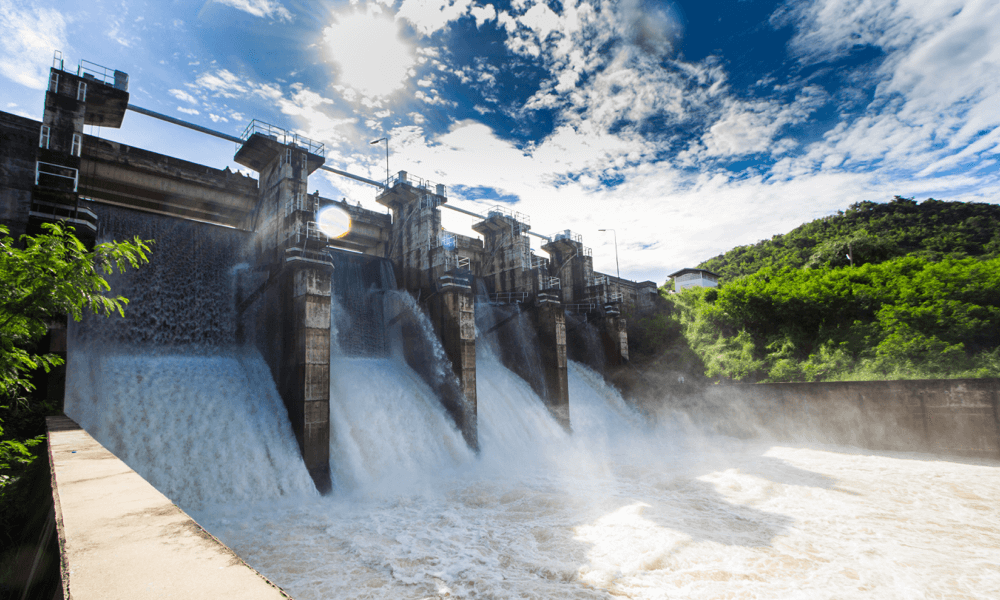
Building safe, secure and efficient energy infrastructure is one of the EU's top goals which is going to be boosted by an investment of almost 1 billion euros. About 84% of this amount should be used to support projects related to electricity and Smart grids.
The aim is to transform the traditional power grid into a super-efficient network with huge potential. The main advantage of Smart grids is that they allow us to use the existing infrastructure without the need to modernize it or to build new power lines and pipes, which is usually financially heavy. Or more precisely, they considerably postpone this need.
Smart grid is, therefore, some sort of digital upgrade of the traditional power grid so it is much easier, cheaper and faster to implement this type of project. In addition, such software "enhancement" generates immediate savings and paves the way for a higher share of renewable energy sources. In other words, it's like turning a retro dial phone into a powerful, multi-function smartphone.
Why is the traditional network no longer enough?
For many years, the process of generating and distributing electricity to end consumers has remained unchanged. Electricity suppliers were preparing the consumption plans using the historical data of their customers and according to these plans they were ordering electricity from power plants. In the past, the fluctuations of the energy consumption were minimal and the transmission system was relatively stable (note: the amount of electricity produced must always be equal to the amount of electricity consumed).
The 21st century brought major changes that started to make the transmission system more unstable. Closing of coal-fired or nuclear power plants and their replacement by renewables, growth of electromobility and the fact that today even our toothbrushes are electric, results in unpredictable fluctuations in the energy production and consumption which the power grid has to deal with and regulate. But the old-fashioned regulation services are not 100% efficient. It often happens that the excess energy is withdrawn without any meaningful use, and, on the other hand, the missing energy is supplied by the unpopular coal-fired power plants.
More complex & online
The Smart grid works with more than just historical data. It constantly monitors what is happening in the grid and instantly manages the flow of electricity. The core of the Smart grid is made by software that collects the energy data, analyzes it and autonomously decides how the energy will be distributed. The information that energy suppliers used to exhaustingly collect from multiple sources is thus processed in one place, making the power grid much more predictable, flexible and reliable.
The Smart grid receives data not only from smart meters but also from other devices, such as sensors or IoT devices (IoT - Internet of Things). One such IoT device is the FUERGY Control unit which is an integral part of every smart energy storage system brAIn. Thanks to them, the software collects online energy data from renewable sources, energy storages or equipment such as air conditioners, electric boilers, heat pumps, or other energy-intensive appliances.

So, if the sun suddenly starts to shine and solar panels produce more energy than it was forecasted, the Smart grid finds optimal use for it. For example, it will use it to charge the energy storages or it will turn on some of the devices so that surplus energy is used as efficiently as possible and without unnecessary losses. If, on the contrary, there is an insufficient amount of electricity in the power grid, the software will give an order to the storages to release the accumulated energy. Such energy management significantly reduces the costs associated with energy distribution, allowing the energy suppliers to offer lower electricity prices to the end-consumers.
Artificial intelligence, prosumers and energy communities
The digitalization of the energy sector gives us the possibility to integrate the latest technological advances such as artificial intelligence (AI). The AI can learn about the energy behavior of the particular delivery point, the entire power grid or even weather, and so better predict the development of electricity production and consumption. Just as in our everyday lives, everything that we can anticipate is much easier to organize. In the energy sector, this is not just a saying, it is a sacred rule.
With the arrival of Smart grids, the energy market is likely to change. Especially with smaller players entering the game. In the upcoming years, we expect an intensive installation of energy storages and a growing number of prosumers - i.e. the energy consumers who also produce their own electricity, for example through their rooftop solar panels. These new players will soon be able to sell their surplus energy which will help to increase the total share of green energy in the grid. Thanks to digitalization, it is also possible to virtually aggregate the individual prosumers into the energy communities reaching a high level of energy independence with minimal reliance on the power grid.
Nevertheless, the centralization of information within a single software raises the issues of data protection and cybersecurity. It is therefore extremely important to ensure the highest possible level of protection for all the processes and sensitive data.
In any case, Smart grids are a crucial element for integrating a higher share of renewable energy sources and thus for decarbonizing the energy sector. With FUERGY solutions, the revolution can start today.
We are living in the future of energy. Are you?





